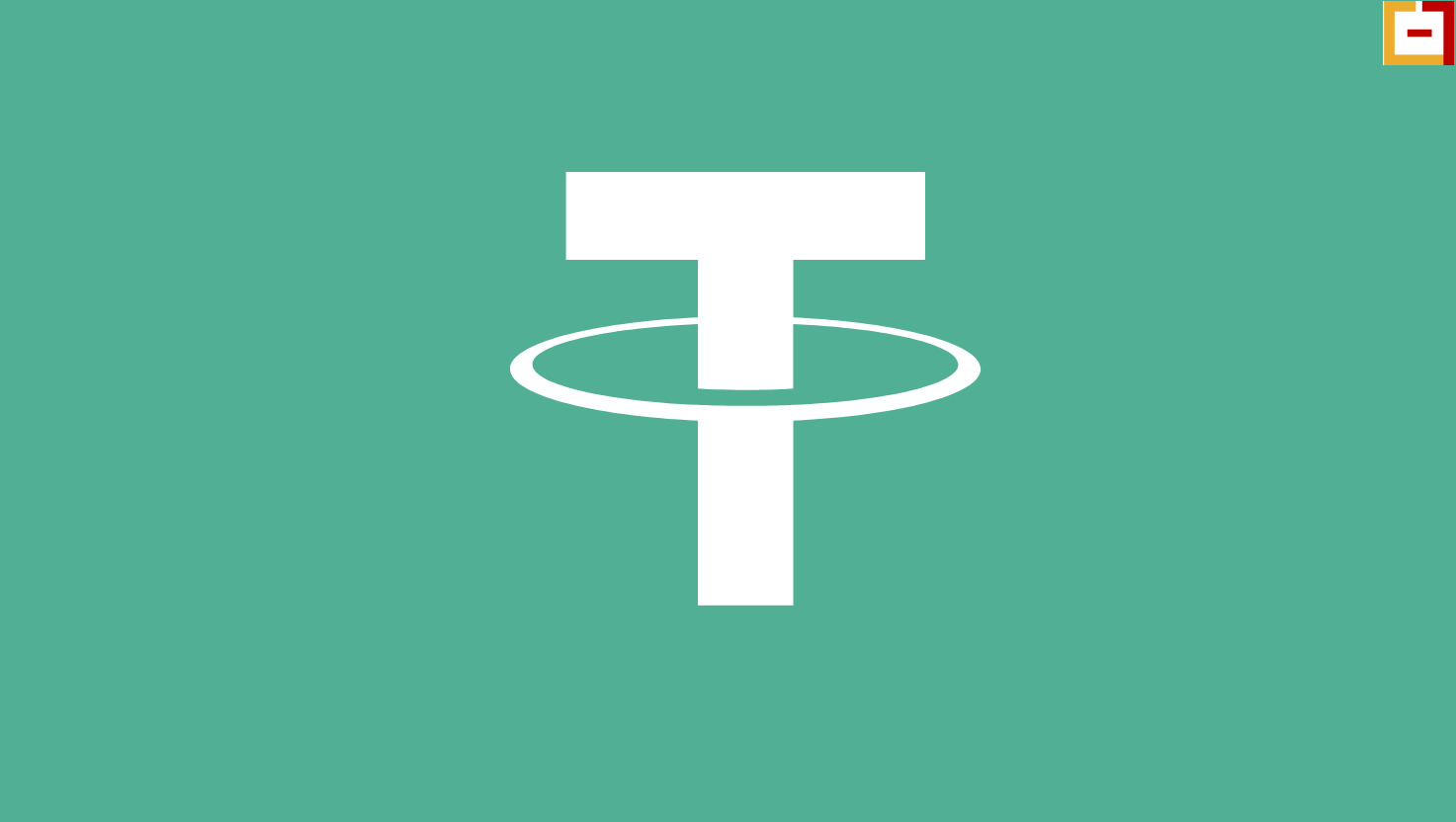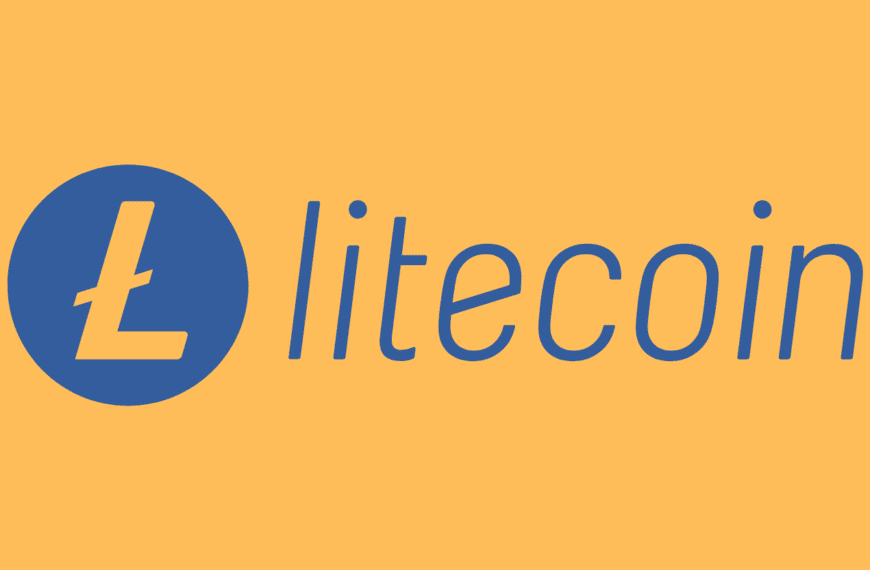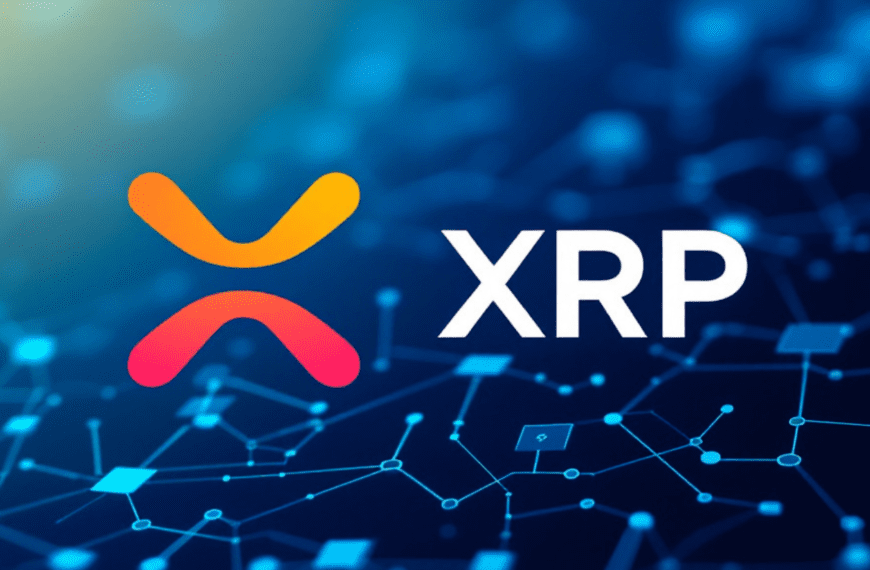What is USDT?
Tether (USDT) is a type of cryptocurrency known as a stablecoin. Unlike other cryptocurrencies like Bitcoin or Ethereum, which can experience significant price volatility, USDT is designed to maintain a stable value. The idea behind Tether is to create a digital currency that is pegged to a traditional currency, like the US dollar, so that its value remains relatively constant.
Tether is called a “stablecoin” because its value is tied to the value of a real-world asset. In the case of USDT, it is pegged 1:1 to the US dollar. This means that for every USDT in circulation, there should be an equivalent amount of US dollars in reserve to back it up. Therefore, the value of 1 USDT is meant to always be equal to 1 USD, making it an attractive option for traders and investors who want to avoid the volatility commonly associated with other cryptocurrencies.
The goal of Tether is to provide a stable and reliable digital asset that can be used for a variety of purposes in the cryptocurrency market. It is often used as a way for investors and traders to move in and out of cryptocurrency positions while avoiding the price fluctuations of other digital currencies. USDT can also be used for trading, lending, borrowing, and remittances, among other things.
Why was USDT Created?
Tether was created to address one of the biggest challenges in the cryptocurrency market: price volatility. While cryptocurrencies like Bitcoin and Ethereum have gained popularity, their prices can fluctuate dramatically. This makes it difficult for people to use them as a store of value or a medium of exchange in everyday transactions.

For example, the price of Bitcoin can rise or fall by thousands of dollars within a short period. This level of volatility can make it difficult for people to trust Bitcoin as a stable asset. The creators of Tether wanted to solve this problem by creating a stablecoin that would always be worth the same as a US dollar. This would allow people to use Tether in the same way they use traditional currencies, but with the added benefits of being able to transfer funds quickly and cheaply across borders.
Another reason Tether was created is to provide a way for people to move in and out of cryptocurrency positions without having to convert their assets to traditional fiat currencies. For example, a trader may want to sell their Bitcoin for USDT in order to avoid the risk of price fluctuations while staying within the crypto market. This is particularly useful for people who want to park their profits in a stable asset while keeping their funds in the cryptocurrency ecosystem.
How Does USDT Work?
USDT works by maintaining a 1:1 peg to the US dollar. This means that for every USDT token issued, there should be an equivalent amount of US dollars in a reserve account held by Tether Limited, the company behind USDT. However, this reserve system has been the subject of much scrutiny and debate over the years, as there have been concerns about whether Tether has the necessary reserves to back up all of its outstanding USDT tokens.
Tether operates on multiple blockchain networks, including Ethereum, Bitcoin, and Tron. It is issued as a token on these blockchains, meaning that users can send and receive USDT just like any other cryptocurrency. The most common version of USDT is the one that runs on the Ethereum blockchain using the ERC-20 token standard. However, Tether also operates on other blockchains, like Tron (TRC-20) and Bitcoin’s Omni Layer, to ensure that it is widely accessible across different platforms and exchanges.
The Tether network uses a process called “minting” to create new USDT tokens. When someone deposits US dollars into Tether’s reserve account, new USDT tokens are issued on the blockchain. This process is known as “minting” because the new tokens are created to match the amount of fiat currency deposited. When users wish to redeem their USDT for US dollars, they can “burn” (destroy) their tokens, and the equivalent amount of US dollars is released from the reserve.
How is USDT Used?
USDT has a variety of use cases in the cryptocurrency ecosystem. Here are some of the most common ways it is used:
- Trading: One of the most common uses of USDT is for trading on cryptocurrency exchanges. Many traders use USDT as a way to park their capital during periods of market uncertainty. Since USDT is pegged to the US dollar, its value remains stable, making it an attractive option for traders who want to avoid the volatility of other cryptocurrencies.
- Hedging: USDT is often used as a hedge against the price fluctuations of other cryptocurrencies. For example, if a trader believes that the price of Bitcoin will drop, they can convert their Bitcoin holdings to USDT to protect the value of their investment. When the price of Bitcoin stabilizes or rises, they can convert the USDT back into Bitcoin.
- Remittances: USDT is also used for cross-border money transfers. Since it is a digital asset, USDT can be sent quickly and cheaply across borders without the need for intermediaries like banks. This makes it an attractive option for people who want to send money internationally without paying high fees.
- Lending and Borrowing: USDT is used in decentralized finance (DeFi) applications, where users can lend and borrow assets without the need for traditional financial institutions. People can lend their USDT to earn interest or use it as collateral to borrow other cryptocurrencies.
- Stability for Developers: For developers, USDT offers a way to create and interact with decentralized applications (dApps) in a stable environment. Since the value of USDT remains consistent, developers can rely on it as a stable form of digital currency when building dApps.
Controversies Surrounding Tether
While USDT has become a popular and widely used cryptocurrency, it has also faced significant controversy over the years. One of the main concerns is whether Tether has enough US dollars in reserve to back all of its tokens. The company behind Tether, Tether Limited, has faced criticism for not providing clear and transparent audits of its reserves. In the past, Tether has claimed that its reserves are fully backed by US dollars, but there has been little public evidence to support these claims.
In 2021, Tether faced legal challenges from the New York Attorney General’s office. The office alleged that Tether had misled investors by claiming that its tokens were fully backed by US dollars when, in fact, Tether had only a partial backing. Tether settled with the New York Attorney General’s office in a $18.5 million settlement, without admitting to any wrongdoing. However, the case highlighted concerns about the lack of transparency in Tether’s operations.
Despite the controversies, Tether has remained the most popular stablecoin in the cryptocurrency market. Its wide usage and acceptance have helped it maintain its position as one of the top digital currencies by market capitalization.
Also Read: What is Ethereum? Who is the Founder of Ethereum?
Who is the Founder of USDT?
The creation of Tether is closely linked to the company behind it, Tether Limited, which was initially founded by Brock Pierce, Reeve Collins, and Craig Sellars in 2014. Brock Pierce is a well-known entrepreneur in the cryptocurrency space and has been involved in several blockchain-related projects. Reeve Collins and Craig Sellars were also involved in the early stages of the company and helped to shape the development of Tether.
While Brock Pierce is one of the co-founders of Tether, he is perhaps best known for his involvement in the cryptocurrency exchange Bitfinex. Bitfinex is one of the largest cryptocurrency exchanges in the world and has been closely associated with Tether since its inception. Many people in the cryptocurrency community believe that Tether and Bitfinex share management and resources, though this has not been definitively proven.
In addition to his work with Tether, Brock Pierce has also been involved in other projects in the cryptocurrency space, including the Bitcoin Foundation and Block.one, the company behind the EOS blockchain. Pierce has also been active in politics, running for the position of governor of California in 2020.
Conclusion
Tether (USDT) is one of the most important and widely used cryptocurrencies in the world. As a stablecoin, its value is pegged to the US dollar, making it a reliable option for traders and investors who want to avoid the price volatility of other digital currencies. USDT is used for trading, lending, borrowing, remittances, and more, and its popularity continues to grow as the cryptocurrency ecosystem expands.
While Tether has faced significant controversy over its reserves and transparency, it has managed to maintain its position as the most popular stablecoin in the market. The company behind Tether, Tether Limited, was co-founded by Brock Pierce, Reeve Collins, and Craig Sellars, and it continues to operate as a leading player in the cryptocurrency world.
Disclaimer: The content provided here is for educational purposes only and is intended to raise awareness about cryptocurrency and blockchain technology. It should not be considered as financial or investment advice. Before investing in any cryptocurrency or token, we strongly encourage you to conduct thorough research, understand the associated risks, and make informed decisions (DYOR – Do Your Own Research). For detailed guidance, consult a qualified financial advisor.















